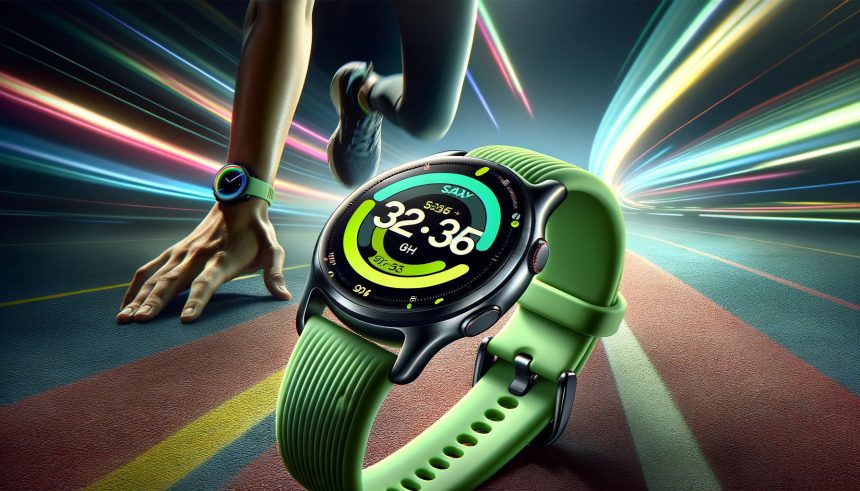Samsung’s forthcoming Galaxy Watch7 and the anticipated Galaxy Watch Ultra have drawn attention as images and details regarding their designs surfaced online this week. The early look at these prototypes has quickly led to debates over the visual style and potential user experience of the upcoming wearables, with both enthusiasts and critics weighing in. As the smartwatch market remains increasingly competitive, the response to these leaks may offer insight into where consumer preferences lie. Reports of prototypes such as the Galaxy Watch Ultra suggest Samsung is targeting the premium end of the market, rivaling established names like Apple Watch Ultra. These developments underline Samsung’s focus on bold design, but also present questions about their strategy moving forward.
Leaked details about Samsung’s smartwatches surfaced before, indicating the company’s interest in offering diverse design options. Previous leaks often highlighted incremental changes and improvements, mainly focused on technology and performance, rather than sharp departures in appearance. This time, however, the reactions seem especially intense, centering around the bold new design elements and the differentiation between models in terms of looks and features. Earlier watch launches by Samsung, such as the Galaxy Watch 5 or Watch 6, saw more subdued responses to new designs, as they typically featured evolutionary updates. The arrival of an “Ultra” model is a shift from traditions, signaling more aggressive competition with other flagship smartwatches like the Apple Watch Ultra. Consumer response now appears more polarized regarding aesthetics, marking a notable shift from previous product cycles.
How Do the Reported Designs Differ from Previous Galaxy Watches?
The alleged renders of the Galaxy Watch7 reveal a look that is more angular and robust compared to past generations. The Galaxy Watch Ultra stands out with its notably larger and squarer case and a prominent action button, suggesting durability and purpose for more intensive use-cases. Leaked images suggest the Watch Ultra may come in a distinctive titanium finish and is equipped with a new strap-attachment mechanism, differentiating it further from Samsung’s earlier models that tended toward minimalism and rounder aesthetics.
What Are the Key Features Expected on the New Models?
Reports indicate both models will operate on the latest version of Samsung’s Wear OS and will be powered by the Exynos W1000 chip. Health and fitness tracking functions are expected to remain central, while the Watch Ultra may add advanced sensors and GPS functionalities to appeal to athletes and outdoor users.
“Samsung’s Galaxy Watch Ultra looks purpose-built to compete with the rugged image of the Apple Watch Ultra.”
Battery life enhancements and faster charge times are also rumored, potentially making these devices more versatile for users with diverse needs.
How Have Consumers Reacted to the Leaked Designs?
Opinions have varied widely, with some users appreciating the bold esthetic shift and others expressing concern that the new approach sacrifices comfort or familiarity. Discussion threads highlight split preferences, with many drawn to the premium, rugged aesthetic of the Watch Ultra while others favor the traditional circular design Samsung helped popularize. Community feedback suggests that while some welcome distinctive alternatives in a crowded market, long-term acceptance will likely depend on ergonomics, usability, and actual performance once the devices launch.
Samsung’s decision to innovate visually and introduce models such as the Galaxy Watch Ultra demonstrates an effort to attract a broader audience, including those interested in rugged, sports-oriented wearables. The strong initial reactions imply unmet demand for fresh design language, though Samsung risks alienating users who prefer refined, understated looks. Buyers often evaluate smartwatches not just on appearance but on features, battery performance, and compatibility, meaning the full commercial impact of these design choices will only become clear after the watches reach consumers. For those tracking developments in the smartwatch industry, understanding shifts in consumer taste and brand strategy is essential. Careful comparison with rival products, especially from Apple and Garmin, will reveal how successfully Samsung’s latest offerings perform in a market that prizes both aesthetics and functionality.










